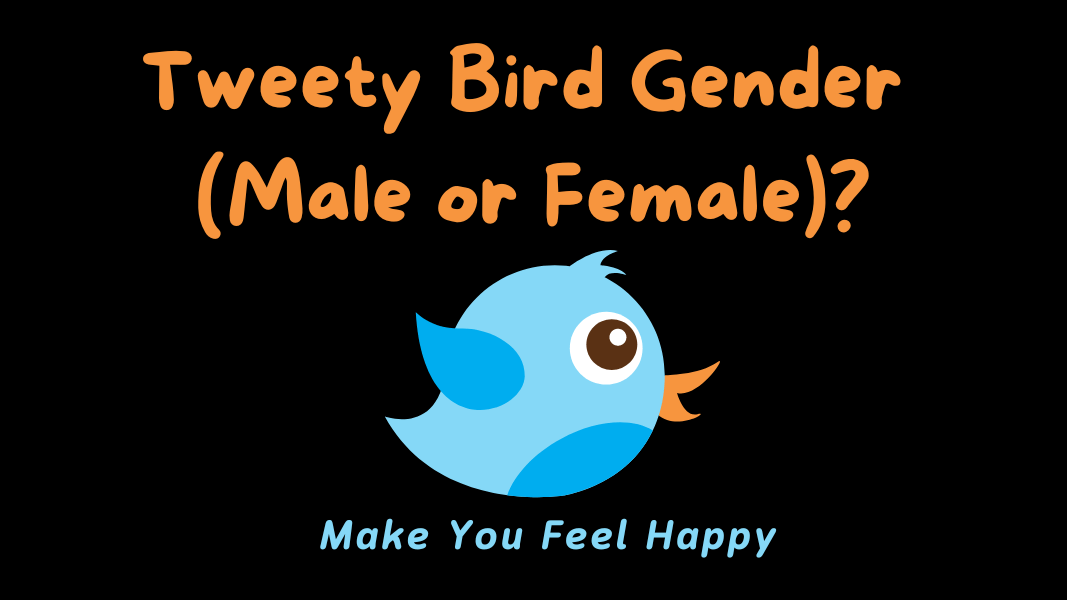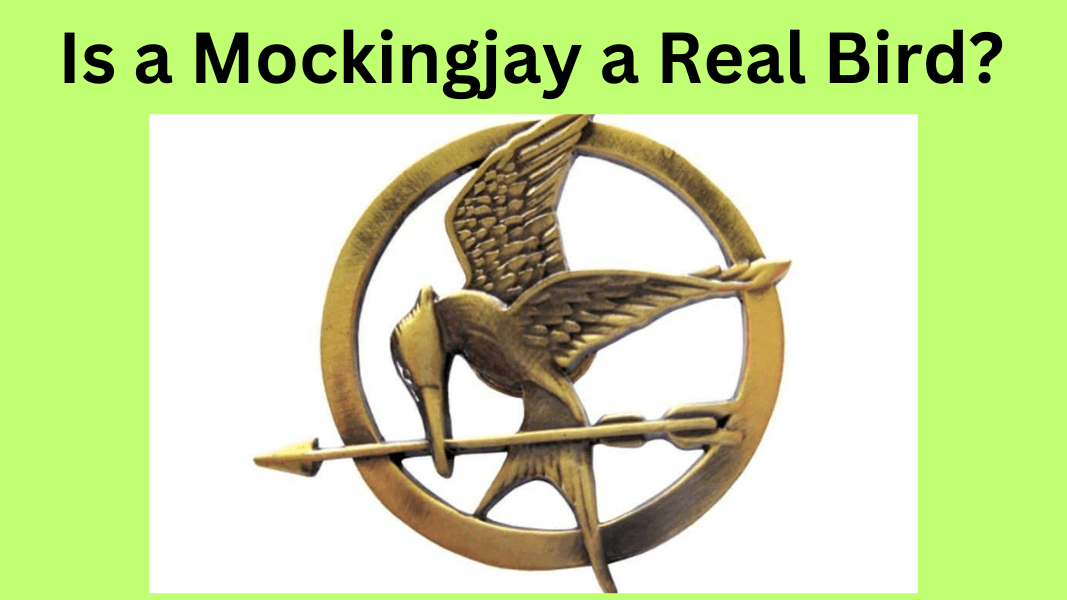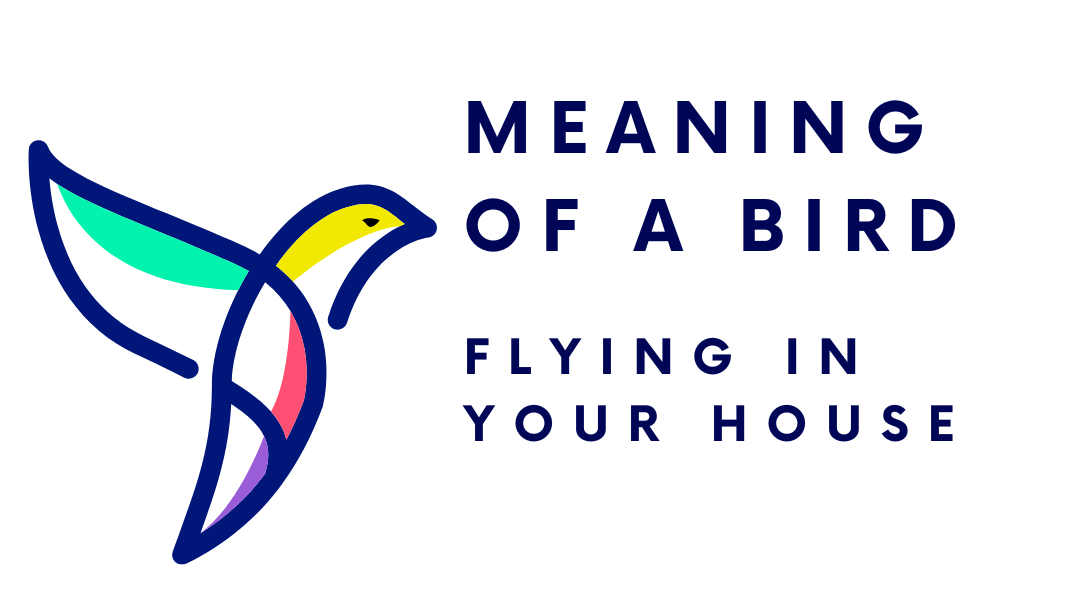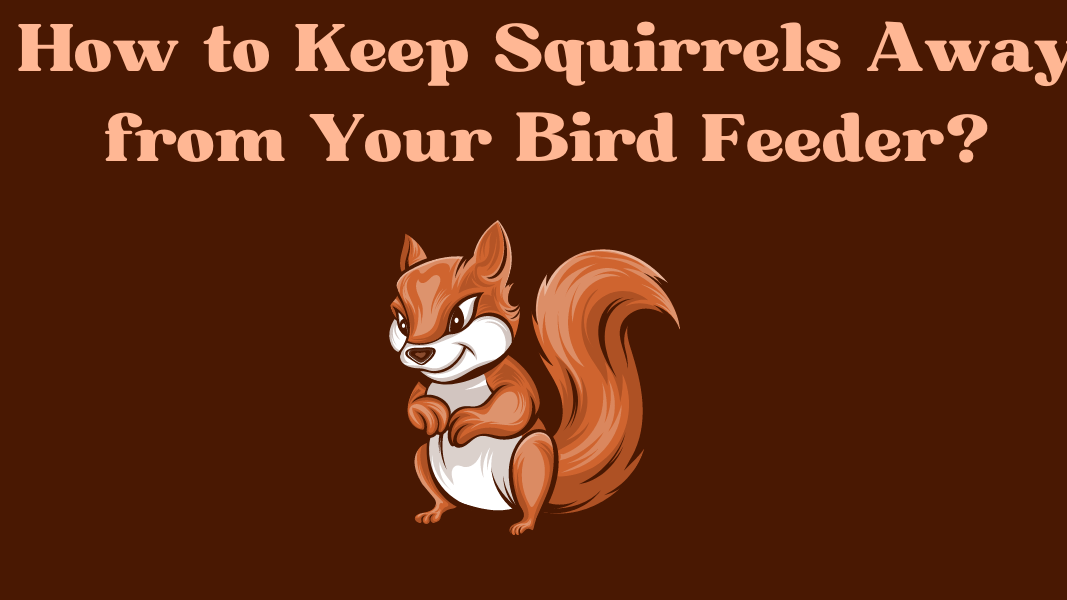For decades, Tweety Bird has been a beloved character in animation, instantly recognizable by the yellow feathers and high-pitched voice. But one question has persistently puzzled fans: is Tweety Bird male or female? Despite appearing alongside Sylvester the Cat in countless episodes, Tweety’s gender has often been debated.
This blog post will delve into this mystery , examining the clues presented over the years and ultimately uncovering the truth about Tweety Bird’s gender.
What Gender is Tweety Bird?
To answer the question directly: Tweety Bird is male. This might surprise some fans who have assumed otherwise due to Tweety’s voice, mannerisms, or even the name itself. However, multiple pieces of evidence from the creators and the shows establish Tweety as a male character.
Official Statements and Credible Sources
When determining the gender of a fictional character, it’s crucial to consider the creators’ intentions and official statements. Bob Clampett created Tweety Bird and first appeared in 1942 in “A Tale of Two Kitties.” Over the years, several official sources, including Looney Tunes cartoons and Warner Bros. publications, have confirmed that Tweety is indeed male.
For instance, in various interviews and commentaries, the creators and animators have referred to Tweety using male pronouns. Official character bios released by Warner Bros. also list Tweety as a male canary.
Gender of Tweety Bird: The Evidence
Now that we’ve established Tweety’s gender, let’s dive deeper into the specific evidence supporting this conclusion.
Voice and Mannerisms
One of the main reasons for the confusion about Tweety’s gender is his voice. The character’s high-pitched, androgynous voice has made many assume Tweety is female. However, it’s important to note that voice alone doesn’t determine gender. Mel Blanc, the legendary voice actor, provided the voice for Tweety, and he also voiced several other male characters with distinctive voices, such as Daffy Duck and Bugs Bunny.
Tweety’s mannerisms and behavior, which some might perceive as feminine, are simply part of the character’s unique charm and personality. Animation often exaggerates traits for comedic effect, and Tweety’s persona is no exception.
Pronouns and References
Throughout various episodes of Looney Tunes and Merrie Melodies, other characters refer to Tweety using male pronouns like “he” and “him.” For example, in the episode “Tweetie Pie,” Granny refers to Tweety as “he” when speaking to Sylvester. These consistent references in dialogue further solidify Tweety’s male identity.
Costumes and Roles
Another aspect that adds to the confusion is Tweety’s occasional appearance in costumes or roles traditionally associated with females. For example, in certain episodes, Tweety disguises himself as a female canary to outwit Sylvester. However, these instances are part of the comedic narrative and should not be interpreted as indicative of Tweety’s gender. These disguises aim to create humor and advance the plot, not to comment on Tweety’s identity.
Why the Confusion?
Understanding why so many people are confused about Tweety’s gender requires exploring the character’s design and the nature of animation itself.
Androgynous Design
Tweety’s androgynous design contributes significantly to the ambiguity surrounding his gender. His large, expressive eyes, small stature, and lack of overtly masculine or feminine features make it easy for audiences to project their interpretations onto the character. In many ways, this androgynous design is a testament to the creativity and flexibility of animation as a medium.
The Role of Voice Acting
As mentioned earlier, Mel Blanc’s iconic voice acting played a vital role in shaping Tweety’s character. Blanc’s ability to give life to a wide range of characters, each with unique voices and personalities, is unparalleled. His portrayal of Tweety, complete with the signature lisp and high pitch, adds layers of complexity that transcend simple gender classification.
Cultural Perceptions
Cultural perceptions of gender also play a role in the confusion. Different cultures have varying expectations and norms regarding gender expression, which can influence how characters like Tweety are perceived. In some cultures, high-pitched voices and certain mannerisms might be more commonly associated with females, leading to assumptions about Tweety’s gender that don’t align with the creators’ intentions.
The Importance of Representation
While Tweety Bird’s gender might seem trivial to some, it highlights broader issues related to representation and diversity in media. Characters like Tweety, who don’t conform to traditional gender norms, can challenge audiences to think more critically about gender and identity. We can foster a more inclusive and understanding media landscape by embracing characters that defy easy classification.
Conclusion
So, what gender is tweety bird? The definitive answer, supported by official sources and consistent evidence, is that Tweety Bird is male. Despite the androgynous design, high-pitched voice, and occasional cross-dressing for comic effect, Tweety’s identity as a male character is clear.
This exploration of Tweety gender not only resolves a long-standing debate among fans but also underscores the importance of considering creators’ intentions and the nuances of character design. As we continue to enjoy the timeless antics of Tweety and Sylvester, let’s appreciate the creativity and intricacy that make these characters so enduring and beloved.







